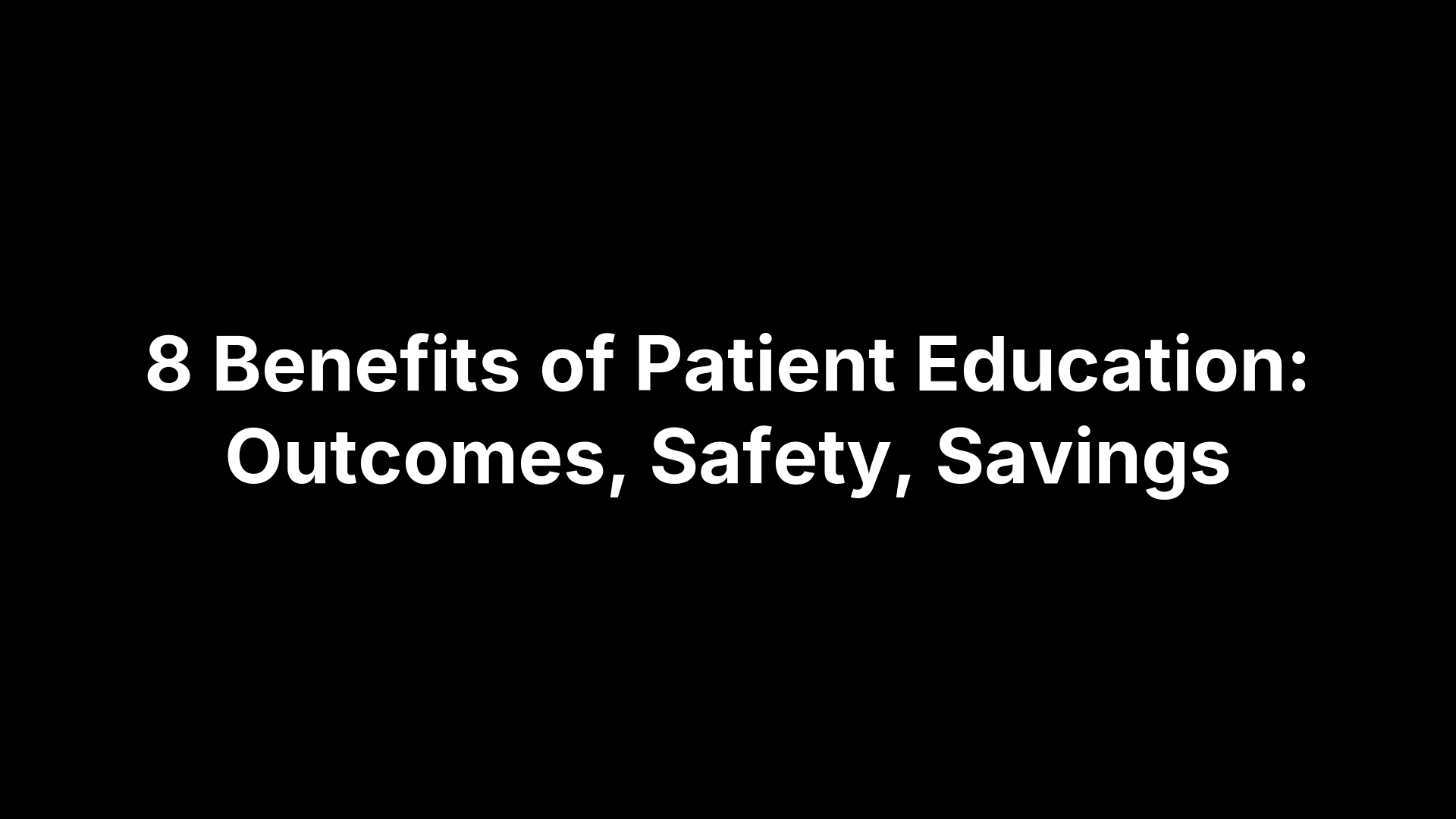If your first steps out of bed feel like walking on nails, you’re not alone. Morning foot pain—often sharp at the heel or stiff through the arch—tends to ease as you move, only to flare again after sitting. Left unchecked, it can sideline workouts, slow your routine, and make even short errands a chore.
This guide breaks down 12 common reasons your feet hurt after waking up, from plantar fasciitis and Achilles issues to arthritis, nerve pain, and footwear problems. You’ll get practical relief ideas you can start today, prevention tips to keep flare-ups away, and clear signs it’s time to see a podiatrist. And if you’re in Central Virginia, the specialists at Achilles Foot and Ankle Center are ready to help with quick, accurate diagnosis and personalized care. Let’s begin with your best first step: getting expert guidance.
1. Get expert diagnosis and care at Achilles Foot and Ankle Center
Getting the right diagnosis early is the fastest way to end foot pain after waking up. Achilles Foot and Ankle Center delivers comprehensive, same-day podiatry care across Central Virginia.
What it is
Our team evaluates heel, arch, nerve, and joint pain with advanced diagnostics, including digital imaging and ultrasound guidance. You get a full spectrum of treatment—from custom orthotics and physical therapy to minimally invasive and reconstructive options in our Foot and Ankle Surgery Center.
Signs to watch for
Look for stabbing heel pain with first steps, arch stiffness after sitting, or Achilles tightness. Burning, tingling, numbness, swelling, or pain that limits walking are also red flags.
Home relief tips
Before standing, do gentle calf and plantar fascia stretches in bed, then step into supportive shoes or slippers with inserts. Use short icing sessions and consider OTC anti-inflammatories if appropriate for you.
Prevention tips
Choose stable, cushioned footwear and retire worn-out shoes; avoid going barefoot on hard floors. Progress activity gradually, cross-train, maintain a healthy weight, and use orthotics if your foot mechanics need support.
When to see a podiatrist
Schedule a visit if pain persists beyond 1–2 weeks, is severe in the morning, or follows a new injury. Seek prompt care for swelling, numbness, night pain, or if you can’t bear weight.
2. Plantar fasciitis
Plantar fasciitis is the leading cause of foot pain after waking up. It triggers a sharp first‑step heel stab that eases as you move.
What it is
Irritation of the plantar fascia, the band from heel to toes. Overload creates microtears and morning stiffness.
Signs to watch for
Stabbing pain under the heel with first steps. Risk rises with running, flat or high arches, long standing, or extra weight.
Home relief tips
Before standing, stretch calves and the plantar fascia; step into supportive shoes. Ice 10–15 minutes and use OTC NSAIDs if safe.
Prevention tips
Wear stable, cushioned shoes; replace worn pairs; avoid going barefoot. Keep calves flexible, increase activity gradually, and manage weight.
When to see a podiatrist
See a podiatrist if pain lasts 1–2 weeks or limits walking. Early care helps prevent chronic heel pain and knee problems.
3. Achilles tendinopathy
Achilles tendinopathy causes back‑of‑heel pain and foot pain after waking up that eases with movement.
What it is
Overuse irritation or degeneration of the Achilles tendon where it meets the heel.
Signs to watch for
Tenderness or swelling along the back of the heel/ankle, worse with first steps.
Home relief tips
Reduce impact, ice 10–15 minutes, gently stretch calves, and wear supportive shoes or orthotics; OTC NSAIDs if safe.
Prevention tips
Increase training gradually, cross‑train, keep calves flexible, and avoid barefoot on hard floors.
When to see a podiatrist
See a podiatrist if pain lasts 1–2 weeks, limits activity, or follows injury—untreated tendinitis raises rupture risk.
4. Arthritis in the foot
Arthritis is a common reason for foot pain after waking up, especially when stiff, achy joints ease a bit as you start moving. It often affects the big toe joint, midfoot, or ankle.
What it is
Arthritis is joint inflammation or wear-and-tear in the foot, including osteoarthritis and inflammatory types like rheumatoid arthritis. Overnight rest lets stiffness build, so first steps feel sore and tight.
Signs to watch for
Morning stiffness and deep, achy pain in one or more foot joints are typical. You may notice swelling, warmth, limited motion, or pain that returns after sitting.
Home relief tips
Warm the joints with a brief shower or heating pad, then do gentle range-of-motion and calf stretches before standing. Wear supportive, cushioned shoes or orthotics; ice after activity and consider OTC NSAIDs if safe.
Prevention tips
Maintain a healthy weight, favor low‑impact exercise (cycling, swimming), and replace worn shoes promptly. Use arch supports or custom orthotics to improve alignment and reduce joint stress.
When to see a podiatrist
Book a visit if pain lasts beyond 1–2 weeks, you see swelling/redness, have night pain, or walking is limited. A podiatrist can confirm the diagnosis and tailor treatment with bracing, orthotics, therapy, medications, or injections.
5. Stress fractures of the foot
Small overuse cracks in foot bones can make foot pain after waking up sharper with steps.
What it is
Tiny overuse cracks in foot bones, most often metatarsals or heel.
Signs to watch for
Pinpoint tenderness, mild swelling, and pain that worsens with walking, hopping, or impact.
Home relief tips
Rest from impact; ice 10 to 15 minutes; use a stiff‑soled supportive shoe.
Prevention tips
Build mileage gradually, rotate low‑impact days, and replace worn or unsupportive shoes.
When to see a podiatrist
Get care for first‑step pain lasting over a week, swelling, or trouble bearing weight—early diagnosis speeds healing.
6. Peripheral neuropathy
Peripheral neuropathy can make foot pain after waking up feel like burning, tingling, pins‑and‑needles, or electric shocks. Some people also notice numb spots that improve a bit once they start moving, especially if they’ve been off their feet overnight.
What it is
Nerve irritation or damage in the feet—often related to conditions like diabetes—causes abnormal pain signals and sensitivity after periods of rest.
Signs to watch for
Burning, tingling, stabbing pain, or numbness in the toes, soles, or heels; night pain; balance trouble; or unrecognized blisters or sores.
Home relief tips
Before standing, do gentle ankle pumps and calf stretches, then step into cushioned, supportive shoes with padded socks. Inspect feet daily and avoid extreme hot or cold on numb areas.
Prevention tips
Wear stable, well‑cushioned footwear and avoid going barefoot on hard floors. Increase activity gradually and work with your medical team to manage underlying conditions.
When to see a podiatrist
Book a visit for persistent burning or tingling, spreading numbness, weakness, balance issues, any foot wound, or new symptoms if you have diabetes.
7. Tarsal tunnel syndrome
Tarsal tunnel syndrome can cause burning, tingling, or numb foot pain after waking up, especially through the arch and heel. Symptoms may spike with first steps after rest and again after long periods of standing or walking.
What it is
Compression of the posterior tibial nerve as it passes behind the inner ankle (the “tarsal tunnel”), leading to nerve irritation.
Signs to watch for
Burning, tingling, or pins‑and‑needles in the sole, arch, or heel; shooting pain into the toes; symptoms that worsen with standing, tight footwear, or at night.
Home relief tips
Reduce aggravating activity, ice the inner ankle 10–15 minutes, elevate to reduce swelling, and wear supportive shoes or orthotics. Gentle calf stretches may ease nerve tension.
Prevention tips
Choose stable, cushioned footwear, avoid going barefoot on hard floors, manage swelling, and limit prolonged standing. Increase activity gradually.
When to see a podiatrist
Book a visit if symptoms last beyond 1–2 weeks, you notice progressive numbness or weakness, night pain, or a recent ankle injury—early care helps prevent chronic nerve damage.
8. Calf tightness (equinus)
Tight calf muscles overnight can make foot pain after waking up spike with your first steps. Limited ankle motion forces extra strain into the plantar fascia, Achilles tendon, and forefoot, so mornings feel stiff and sore until tissues warm up.
What it is
Equinus is reduced upward ankle motion from tight gastrocnemius/soleus or Achilles. That restriction overloads the heel and arch, especially after periods of rest.
Signs to watch for
First‑step heel or arch pain, calf tightness, and discomfort on stairs, hills, or squats are common. Flat, minimal shoes often feel worse, while a small heel lift may feel better.
Home relief tips
Before standing, do gentle towel or belt calf stretches in bed, then wall stretches after you’re up. Step into supportive shoes with a slight heel‑to‑toe drop; avoid going barefoot on hard floors. Ice sore spots 10–15 minutes; consider OTC NSAIDs if safe.
Prevention tips
Stretch calves daily, warm up before activity, and build training gradually. Wear stable, cushioned footwear and use orthotics if your mechanics need support.
When to see a podiatrist
If morning pain lasts beyond 1–2 weeks, recurs, or limits walking, get evaluated. A podiatrist can assess mechanics and provide targeted care such as custom orthotics, bracing, and therapy to restore motion and reduce strain.
9. Foot mechanics problems (flat feet or high arches)
How your foot is built changes where pressure lands overnight. Flat feet and high arches often overload the heel and arch, setting up foot pain after waking up.
What it is
Flat feet tend to overpronate and high arches underpronate, shifting weight unevenly and straining the plantar fascia, Achilles, and midfoot joints.
Signs to watch for
First‑step heel or arch pain that improves as you move; uneven shoe wear; recurring shin or Achilles soreness; knee collapse inward or a very rigid stride.
Home relief tips
Stretch calves and the plantar fascia before standing, then step into supportive shoes with arch support or quality OTC inserts; ice sore spots 10–15 minutes.
Prevention tips
Wear stable, cushioned footwear matched to your foot type, replace worn pairs, use orthotics as needed, keep calves flexible, and build activity gradually.
When to see a podiatrist
If pain persists beyond 1–2 weeks or limits walking, get evaluated—custom orthotics, gait analysis, and targeted therapy can correct the cause and speed relief.
10. Unsupportive or worn-out footwear
Unsupportive or worn‑out shoes often turn overnight stiffness into sharp first‑step pain. Without cushioning and arch control, the heel and plantar fascia take extra load on hard floors, spiking foot pain after waking up.
What it is
Footwear with compressed midsoles, flimsy arch support, or broken heel counters lacks stability.
Signs to watch for
First‑step heel or arch pain worse in flats or old sneakers; uneven, tilted outsole wear.
Home relief tips
Step into supportive shoes or slippers immediately; add quality OTC inserts; ice 10–15 minutes.
Prevention tips
Replace shoes when cushioning feels dead or heels tilt; choose firm heel counters, contoured arches, cushioned soles.
When to see a podiatrist
If pain persists 1–2 weeks after better shoes—or limits walking—see a podiatrist for fit/mechanics or orthotics.
11. Heel pad syndrome (fat pad atrophy)
Heel pad syndrome can cause foot pain after waking up that feels like walking on a bruise. Unlike plantar fasciitis’ sharp arch pull, pain sits in the heel’s center and spikes on hard floors—especially after a night of rest.
What it is
Thinning or displacement of the heel’s shock‑absorbing fat pad reduces cushioning.
Signs to watch for
Deep, bruise‑like pain in the heel center; worse barefoot or on concrete.
Home relief tips
Step into cushioned shoes or slippers; add gel heel cups; brief icing.
Prevention tips
Avoid barefoot; replace worn shoes; choose cushioned soles with firm heel counters.
When to see a podiatrist
If pain lasts 1–2 weeks or standing is hard. A podiatrist can confirm the cause and provide custom orthotics.
12. Foot cramps and overuse soreness
Foot cramps and overuse soreness can make foot pain after waking up feel tight, achy, or stabbing for the first few steps. Symptoms often improve as muscles warm and circulation increases.
What it is
Cramping stems from overexertion, dehydration, or nutrient imbalances; soreness follows unaccustomed or excessive activity.
Signs to watch for
Sudden toe/arch spasms, lingering calf or foot ache, and tenderness after “weekend warrior” workouts.
Home relief tips
Hydrate, gently stretch calves and arches before standing, massage, use a warm soak at night and brief icing after activity; rest from high impact.
Prevention tips
Build training gradually (about 10% weekly), cross‑train, sleep well, and wear supportive footwear.
When to see a podiatrist
Seek care for recurrent cramps, night pain, weakness, swelling, or if soreness limits walking beyond 1–2 weeks.
Next steps for pain-free mornings
You don’t have to dread those first steps. Most morning foot pain improves with smart habits, consistent support, and timely care. Start by giving tissues a gentle wake‑up, protecting your heels and arches the moment you stand, and pacing activity so irritated structures can heal. If pain hangs on, the fastest fix is a precise diagnosis and a plan built for your feet.
- Warm up: do in‑bed calf and arch stretches before standing.
- Step into support: cushioned, stable shoes or slippers right away.
- Cool hot spots: brief icing after activity; consider OTC NSAIDs if safe.
- Adjust loads: scale training, cross‑train, and replace worn shoes.
- Get help: persistent pain (1–2 weeks), swelling, numbness, or trouble walking deserves expert care at Achilles Foot and Ankle Center.






